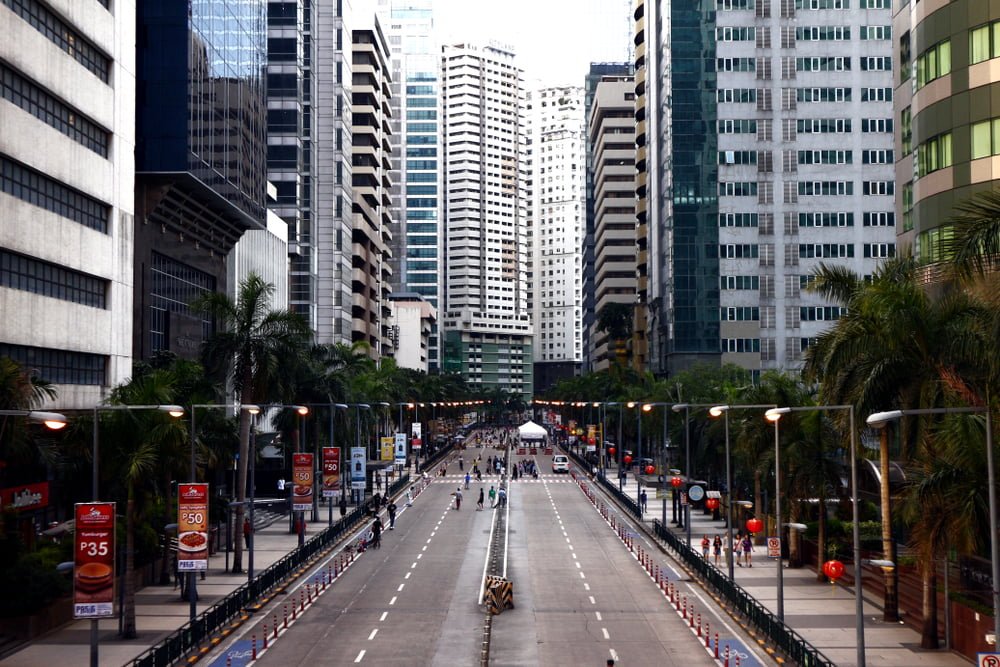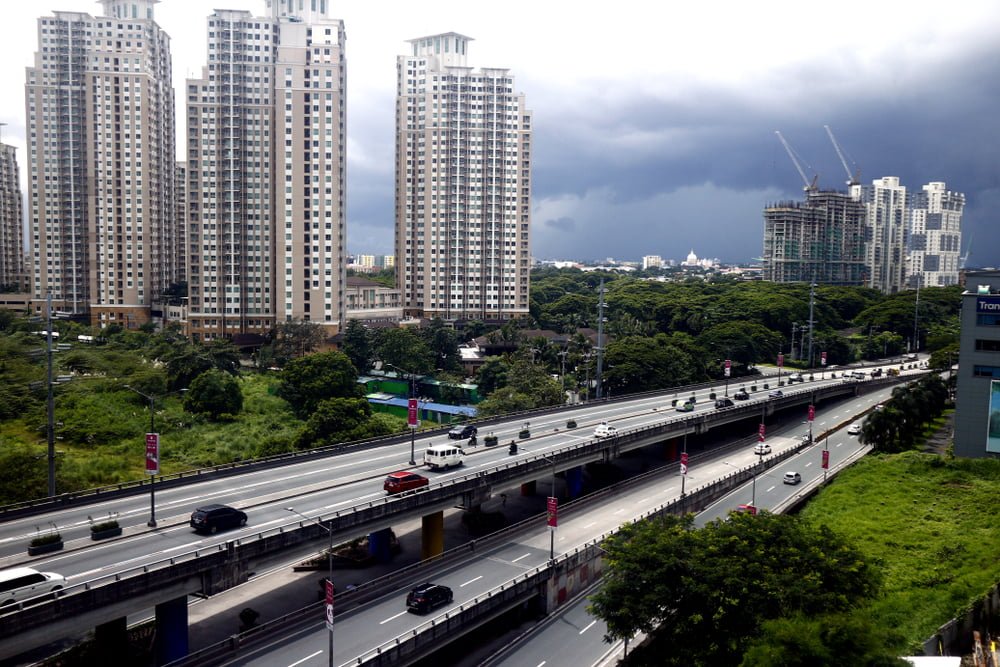The Philippines is undergoing a remarkable transformation, with infrastructure development at the heart of its growth strategy. The government’s ambitious “Build, Build, Build” program is not just a collection of projects. We can say it’s a blueprint for a stronger, more connected, and economically resilient nation. Through modernizing transport networks, enhancing energy systems, and investing in public works, the country aims to address long-standing issues of congestion, mobility, and economic disparity. The investments in Infrastructure Development Philippines offer a promising future, where people and businesses alike will benefit from improved accessibility and efficiency.
Let’s highlight some examples below!
Massive Investment in Infrastructure Development

At the center of the Philippines’ infrastructure drive is a staggering ₱1.2 trillion (roughly $21.6 billion) allocated for the “Build, Build, Build” program in 2023 alone. This large investment covers a wide range of sectors, including transportation, energy, and urban development. By improving infrastructure, the government aims to enhance connectivity across the islands, improve the daily lives of Filipinos, and boost the economy.
Transportation Projects: Revolutionizing Mobility
One of the main areas of focus is transportation infrastructure, with 40 out of 197 flagship projects centered on improving the nation’s transport system. Among these projects, the Metro Manila Subway stands out as a significant development. Costing ₱357 billion (around $6.5 billion), this 33-kilometer subway system is designed to ease traffic congestion in one of the world’s most densely populated cities. It is expected to serve around 370,000 passengers daily, drastically reducing travel times and improving the overall quality of life in Metro Manila.
Similarly, the North-South Commuter Railway project is another crucial initiative. This ₱NR 44 billion (about $800 million) railway system will connect Metro Manila to nearby provinces, cutting travel times and providing an efficient alternative to road travel. With the ability to serve 300,000 passengers daily, this project aims to enhance regional mobility and boost economic activities in the northern and southern regions of Luzon.
Creating Jobs and Boosting the Economy
The “Build, Build, Build” program is expected to create over 1 million jobs, making a significant impact on the construction industry and contributing to economic stability. The construction sector will benefit not only from government-funded projects but also from private sector investments. Public-Private Partnerships (PPP) account for approximately 20% of the flagship projects, allowing private companies to invest in large-scale developments, thus reducing the financial burden on the government while ensuring that projects are completed efficiently.
The increase in job creation is directly linked to economic growth. Infrastructure Development Philippines is projected to contribute around 2.5% to the Philippines’ annual GDP growth. By improving transportation networks and energy infrastructure, the country is also opening doors for more trade and investment opportunities. Efficient infrastructure allows businesses to grow faster, access markets more easily, and reduce operational costs.
Investing in Energy for a Sustainable Future
In addition to transportation, the Philippine government is investing heavily in energy infrastructure. Around ₱50 billion ($900 million) has been earmarked for renewable energy projects. These investments aim to improve energy access and reliability, addressing the growing needs of the industrial and commercial sectors. By focusing on renewable energy, the government also ensures that future growth is sustainable and environmentally friendly, supporting long-term economic stability.
Public-Private Partnerships: A Collaborative Approach
Public-Private Partnerships play a critical role in the success of the country’s infrastructure projects. Approximately 20% of the flagship infrastructure developments are funded through these partnerships. This approach not only brings in private sector investment but also ensures that projects benefit from the expertise and efficiency of private companies. Through PPPs, the Philippines is able to accelerate project timelines while maintaining high-quality standards, ensuring that infrastructure development progresses without unnecessary delays.
A Future Built on Infrastructure Development Philippines
Infrastructure development is not just about building roads, railways, and power plants; it’s about building a future. The Philippines’ commitment to improving its infrastructure is already yielding results, from job creation to increased economic growth. With projects like the Metro Manila Subway and North-South Commuter Railway well underway, the country is on track to solve some of its most pressing challenges in transportation and energy.
By fostering public-private collaboration and focusing on sustainable energy, the Philippines is ensuring that its growth is both inclusive and long-lasting. As infrastructure projects continue to unfold, the nation will become more connected, more productive, and more competitive on the global stage.
The Philippines is setting the stage for long-term economic growth through its “Build, Build, Build” program. With over ₱1.2 trillion invested, 197 flagship projects, and a focus on sustainable infrastructure, the country is transforming its transportation and energy sectors. These Infrastructure Development Philippines efforts are guiding the country on the path to a brighter future.

